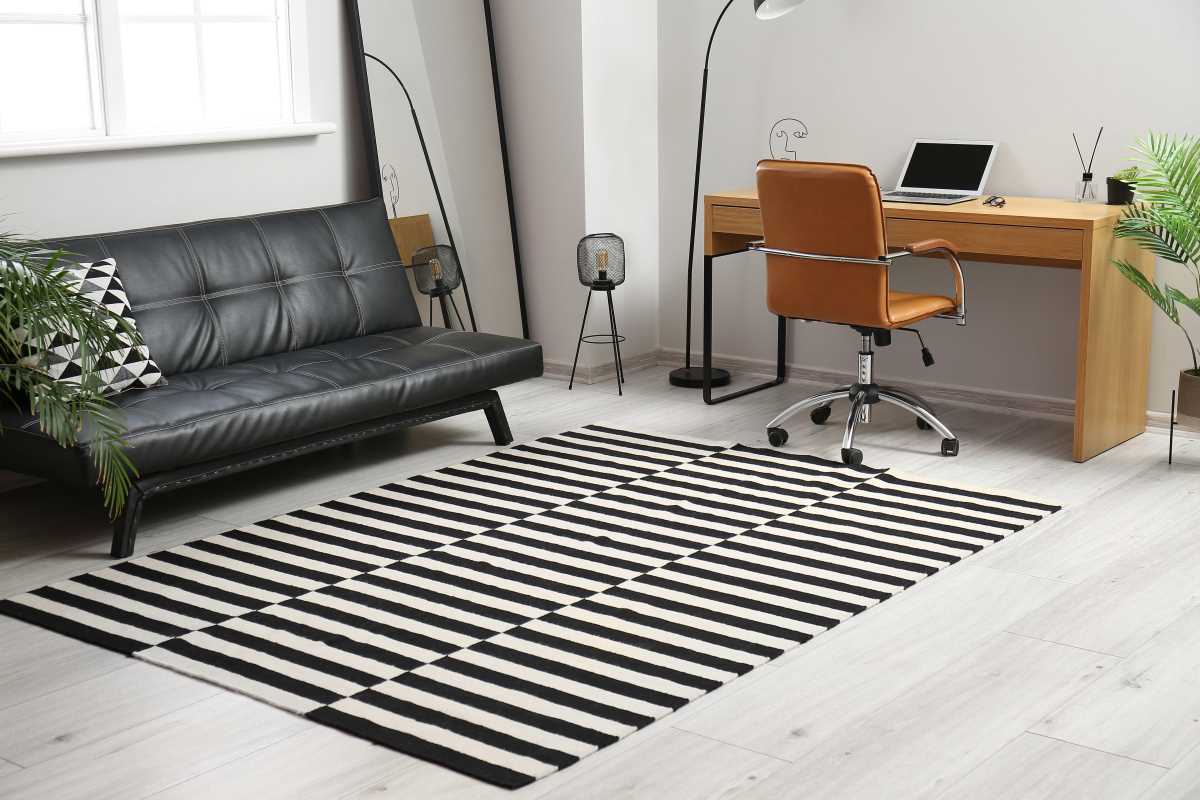Changing your living space into a wellness sanctuary can profoundly impact your overall well-being. By thoughtfully designing each area of your home, you create an environment that encourages relaxation, balance, and harmony. Whether you want to reduce stress, enhance your mood, or simply enjoy a more organized space, these practical tips will guide you in making meaningful changes that contribute to a healthier, happier home.
Understanding Wellness in Your Living Space
Wellness in your living space goes beyond aesthetics; it's about creating an environment that supports your physical, emotional, and mental health. A wellness-focused home encourages positive energy flow, reduces stressors, and provides a sanctuary where you can recharge and flourish. By integrating wellness principles into your home design, you create a space that nurtures your well-being and enhances your quality of life.
Start by identifying the elements that contribute to your sense of well-being. These may include natural light, open spaces, comfortable furnishings, and calming colors. Understanding how these factors influence your mood and energy levels will help you make informed decisions as you change your home into a wellness sanctuary.
Decluttering for a Calmer Environment
Clutter can be a significant source of stress and distraction in your home. By minimizing unnecessary items and organizing your space, you create a more peaceful and inviting atmosphere. Here are some practical decluttering tips to help you achieve a calmer environment:
- Start with one room or area at a time to avoid feeling overwhelmed.
- Sort items into categories: keep, donate, recycle, or discard.
- Implement storage solutions that keep essentials organized and accessible.
- Regularly assess your belongings to maintain a clutter-free space.
- Use multi-functional furniture to maximize space and reduce the number of items needed.
By consistently applying these decluttering tips, you can maintain a tidy home that promotes relaxation and mental clarity.
Incorporating Natural Elements
Integrating natural elements into your home can significantly enhance the sense of tranquility and connection to the outdoors. Natural materials, such as wood, stone, and bamboo, add warmth and texture to your living space. Including plants not only improves air quality but also brings a touch of nature inside.
Consider adding indoor plants like snake plants, peace lilies, or succulents, which are low-maintenance and purify the air. Natural light is another crucial element; maximize sunlight by using sheer curtains and strategically placing mirrors to reflect light throughout your home. These adjustments create a bright and inviting atmosphere that supports well-being.
Creating a Relaxation Zone
A dedicated relaxation zone serves as a personal retreat where you can unwind and rejuvenate. Designing this space with intention ensures it meets your specific needs for rest and relaxation.
- Select a quiet area in your home where you can be free from distractions.
- Invest in comfortable seating, such as a plush armchair or a cozy daybed.
- Add soft lighting options, like lamps or candles, to create a soothing ambiance.
- Incorporate elements that promote relaxation, such as soft textiles, calming artwork, and aromatherapy diffusers.
- Ensure the space is clutter-free to maintain a serene environment.
By thoughtfully arranging these components, your relaxation zone becomes a sanctuary where you can escape the stresses of daily life.
Using Light and Color to Enhance Mood
Light and color play pivotal roles in shaping the atmosphere of your home. Natural light boosts your mood and energy levels, while artificial lighting can be tailored to suit different activities and times of day. Opt for light sources that mimic natural daylight to keep spaces feeling open and vibrant.
Color choices influence emotional responses; soft, neutral tones create a calming effect, while bold colors can energize a room. Incorporate a balanced color palette that reflects your personal preferences and promotes a harmonious environment. Accentuate spaces with pops of color through accessories like cushions, artwork, or rugs to add visual interest without overwhelming the senses.
Feng Shui Harmony
Applying Feng Shui Harmony principles can further enhance the wellness of your living space. Feng Shui focuses on the flow of energy, or chi, within a home, aiming to create balance and prosperity. By arranging furniture, selecting colors, and incorporating elements that align with Feng Shui guidelines, you create a space that supports your well-being and invites positive energy.
Consider the placement of key furniture pieces, such as the bed and desk, to ensure they are positioned for optimal energy flow. Use mirrors thoughtfully to expand spaces and reflect light, and incorporate the five Feng Shui elements—wood, fire, earth, metal, and water—to create a balanced and harmonious environment.
Optimizing Air Quality
Clean air is fundamental to a healthy living space. Poor air quality can lead to discomfort and health issues, so it's essential to maintain a fresh and ventilated home. Regularly open windows to allow fresh air to circulate and reduce the buildup of indoor pollutants. Investing in air purifiers can also help eliminate allergens, dust, and other airborne contaminants.
Another effective approach is to minimize the use of products that emit volatile organic compounds (VOCs), such as certain paints, cleaning supplies, and furnishings. Opt for natural, non-toxic alternatives to enhance indoor air quality and create a healthier environment for you and your family.
Enhancing Soundscapes
The auditory environment of your home can significantly impact your sense of well-being. Unwanted noise can be stressful, while soothing sounds can promote relaxation and focus. To create a peaceful soundscape, consider implementing sound-dampening materials like carpets, curtains, and upholstered furniture to reduce echoes and external noise.
Incorporate calming sounds, such as nature-inspired playlists, soft instrumental music, or white noise machines, to create a serene atmosphere. These auditory elements can help mask disruptive noises and contribute to a tranquil living space that supports relaxation and mental clarity.
Personalizing Your Space
Personal touches make your living space uniquely yours and create a sense of comfort and belonging. Displaying cherished photographs, meaningful artwork, and personal mementos creates an environment that resonates with your personality and experiences. These items not only add visual interest but also evoke positive emotions and memories.
Incorporate elements that reflect your hobbies and interests, such as books, musical instruments, or crafting supplies, to create a space that inspires and motivates you. Personalizing your home ensures that it serves as a true sanctuary tailored to your individual needs and preferences.
Maintaining Balance and Harmony
A wellness-focused home relies on balance and harmony. Strive to achieve a cohesive design where each element complements the others, creating a unified and peaceful environment. Balance comes from the thoughtful arrangement of furniture, the harmonious use of colors, and the integration of diverse textures and materials.
Regularly assess your space to ensure that it continues to meet your wellness goals. Adjust layouts, update decor, and introduce new elements as needed to maintain a dynamic and supportive living environment. By prioritizing balance and harmony, your home remains a sanctuary that nurtures your well-being over time.
Creating a wellness sanctuary in your home involves intentional design choices that promote health, relaxation, and harmony. By understanding the principles of wellness, decluttering your space, incorporating natural elements, and personalizing your environment, you establish a living space that supports your overall well-being. Embrace these tips to change your home into a haven where you can flourish and find peace every day.
 (Image source: Midjourney)
(Image source: Midjourney) 





